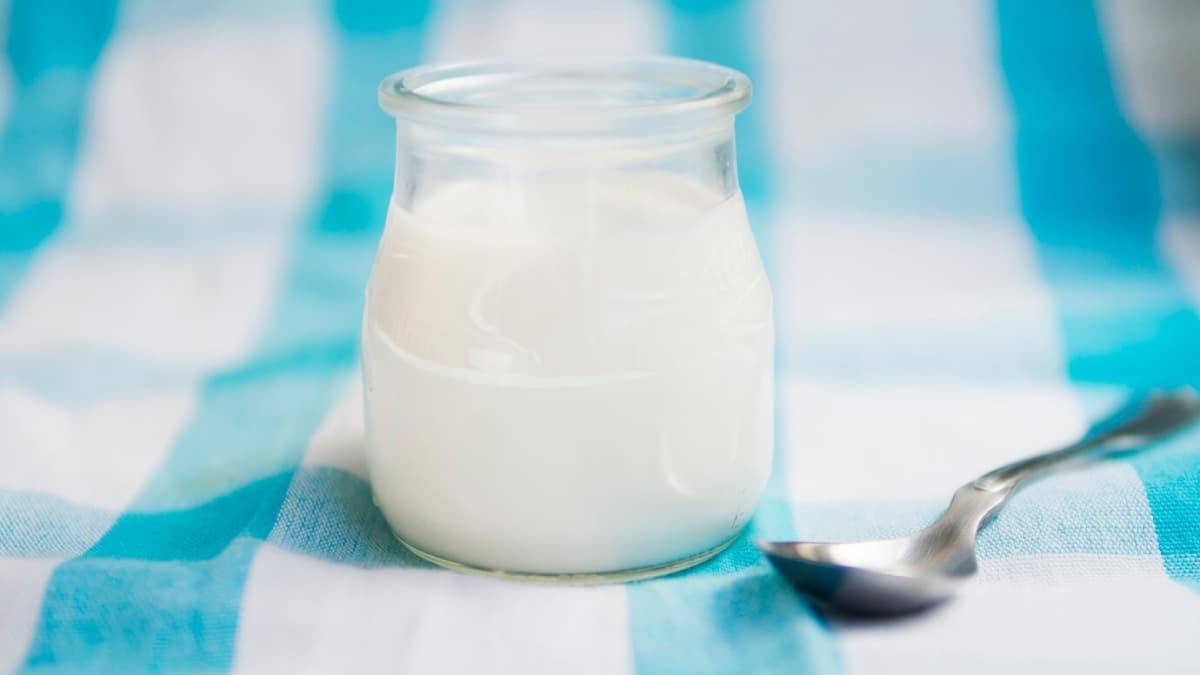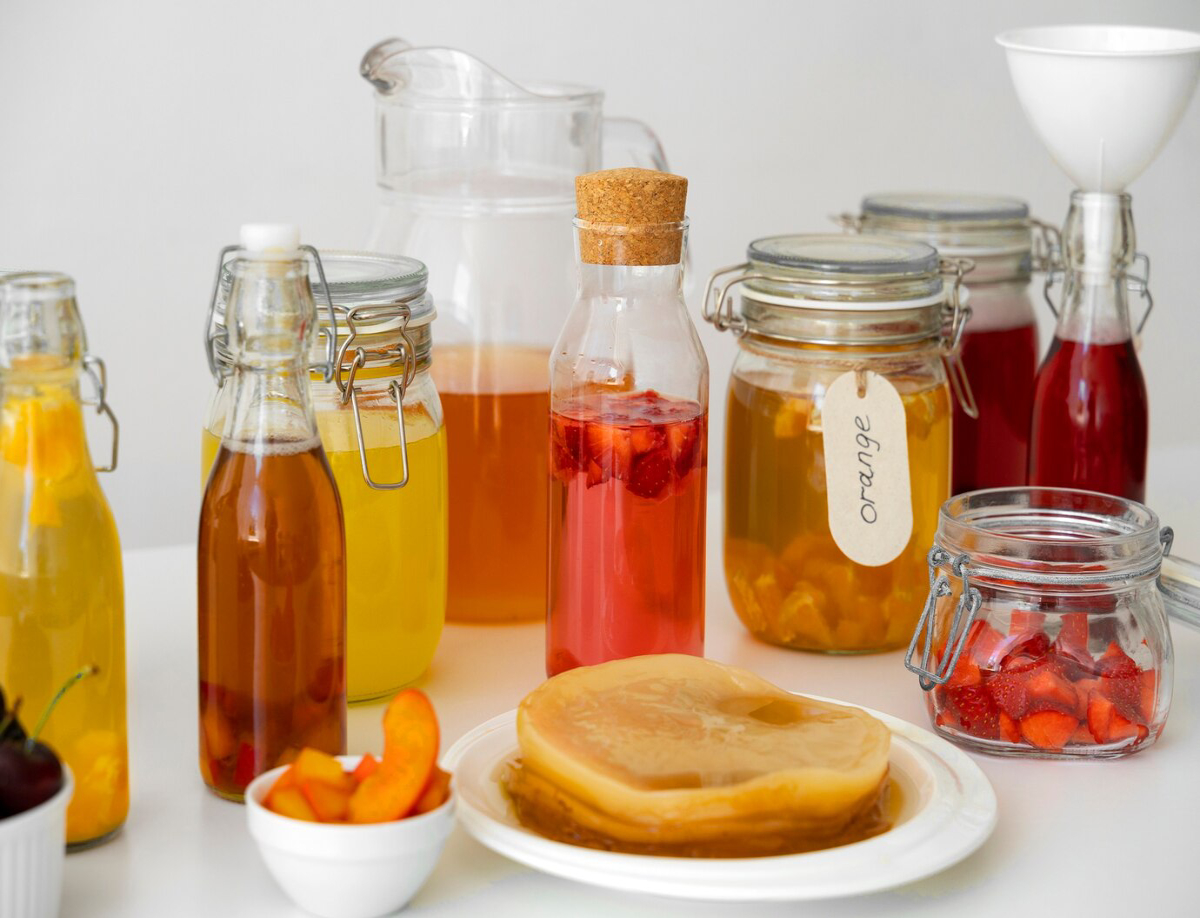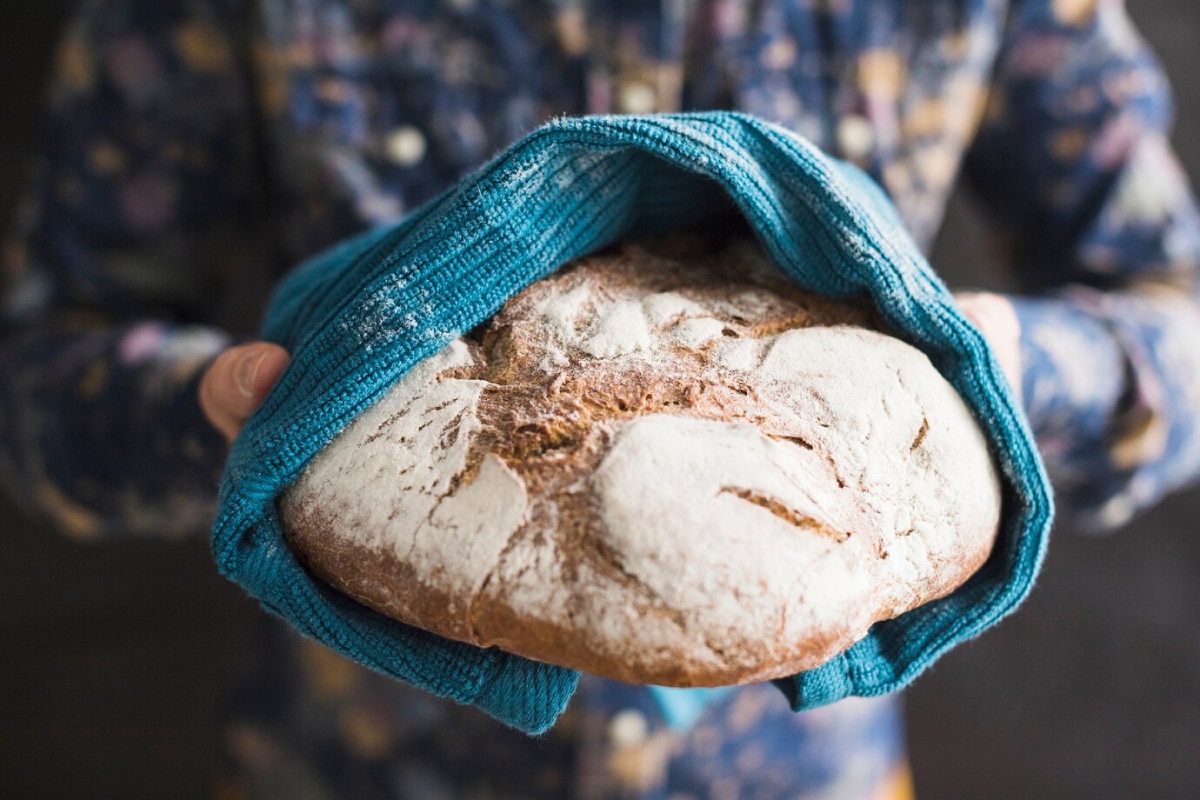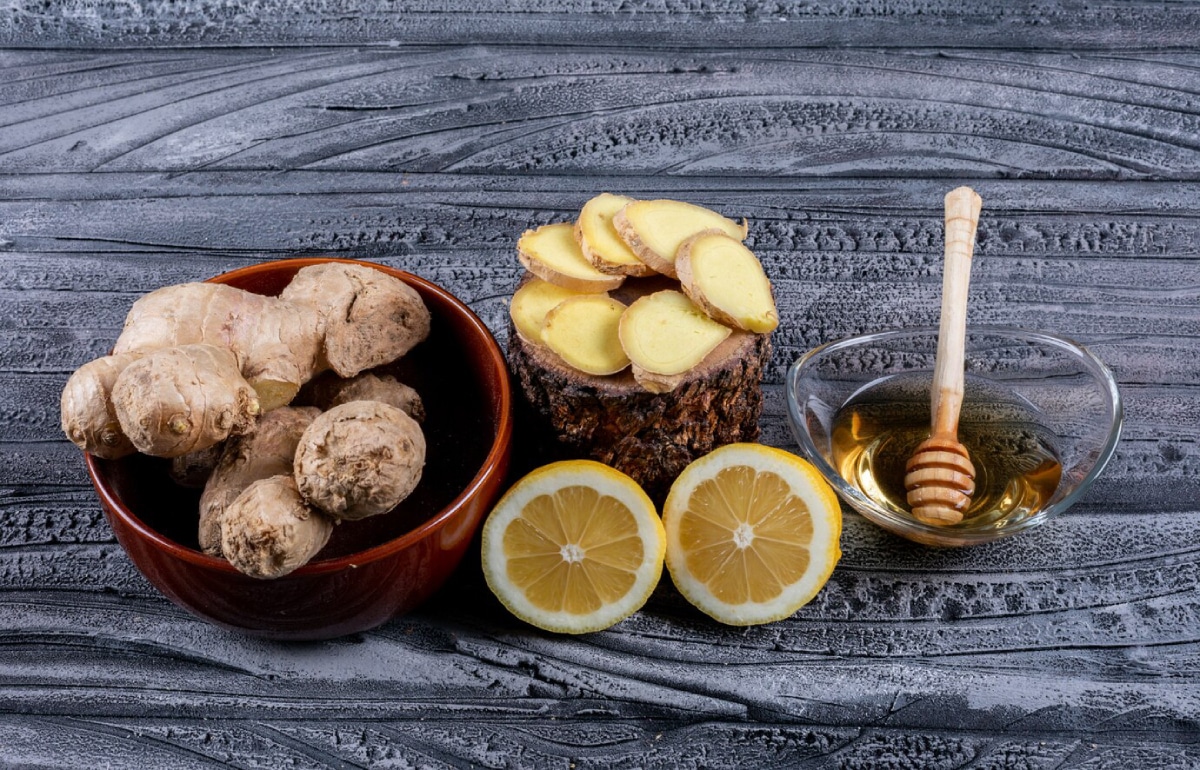
Making Fermented Ginger Beer Without Alcohol for a Spicy Treat
If you’ve ever craved something crisp, zesty, and refreshing—but wanted to skip the sugar and alcohol—look no further than homemade fermented ginger beer. This fizzy beverage isn’t just a flavour bomb; it’s a naturally carbonated, probiotic-rich fermented ginger drink that’s surprisingly easy to brew in your own kitchen.
Unlike the mass-produced sodas or commercial ginger ales that come with high sugar and artificial flavourings, real ginger beer is a traditional, wholesome drink that’s been used for centuries to aid digestion, boost immunity, and satisfy that sparkling beverage itch.
In this comprehensive guide, you’ll learn how to make your own non-alcoholic, gut-friendly ginger beer using a ginger bug—a simple wild ferment that captures the power of nature to create fizz without fancy equipment. We’ll cover the steps, tips, health perks, and flavour variations that turn this age-old drink into a modern staple.
Ready to stir, bottle, and sip? Let’s get brewing!
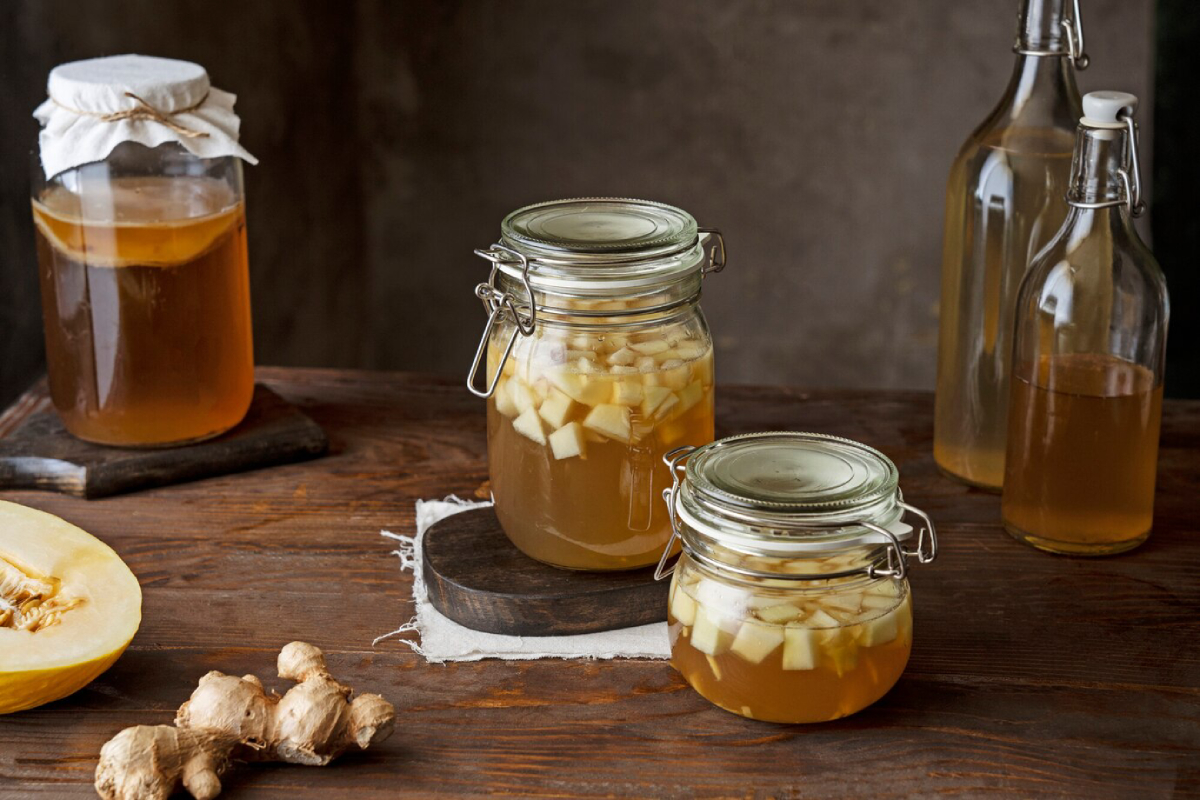
What Is Fermented Ginger Beer?
Defining the Brew
Traditional ginger beer is made by fermenting a ginger-sugar-water mixture using natural wild yeasts and bacteria. Over time, the microbes consume the sugar and produce bubbles, acids, and beneficial probiotics.
Unlike ginger ale (which is typically carbonated with artificial CO₂ and often pasteurised), fermented ginger beer is naturally carbonated and alive with beneficial bacteria.
What Makes It Special:
- No alcohol (if fermented for under 5 days)
- Naturally probiotic
- Bold ginger flavour
- Light sweetness with a tangy finish
- Homemade and customisable!
Interested in more homebrew fizz? Don’t miss How to Make Kombucha at Home
Health Benefits of Fermented Ginger Drinks
1. Gut-Friendly Probiotics
Wild fermentation introduces live bacteria like Lactobacillus, which can support gut flora diversity.
2. Digestive Support
Ginger itself is known for its carminative properties—meaning it helps with bloating, gas, and nausea.
3. Immunity Boost
The natural acids, enzymes, and antioxidants in fermented ginger beer support immune response.
4. Caffeine-Free Energy
Thanks to the refreshing fizz and active enzymes, many people report feeling energised without caffeine.
Equipment You’ll Need
- 2-litre glass jar
- Cheesecloth or paper towel + rubber band
- Wooden or plastic spoon
- Measuring cups and spoons
- Fine mesh strainer
- Funnel
- Flip-top glass bottles (for final storage)
Ingredients
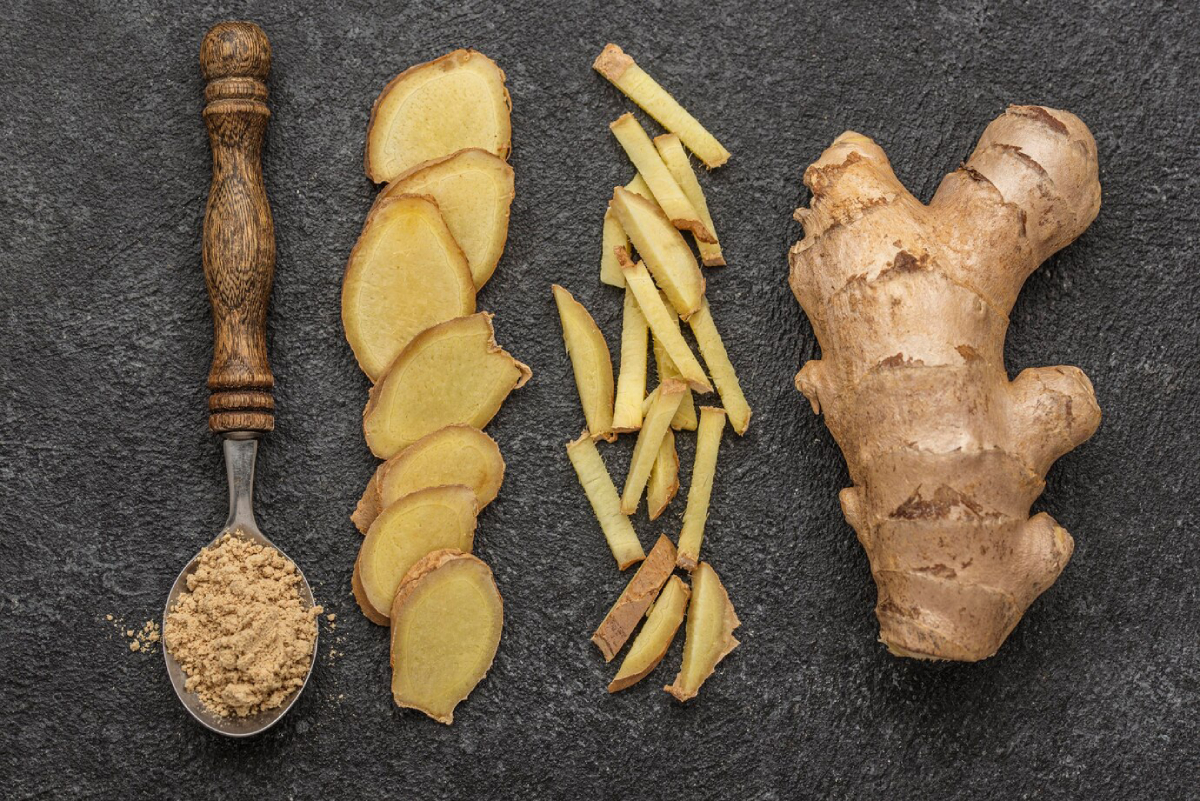
For the Ginger Bug:
- 2 tbsp grated fresh ginger (skin on)
- 2 tbsp white or unrefined sugar
- 1 cup filtered or dechlorinated water
For the Ginger Beer Base:
- 1.5 litres water
- ½ cup sugar (or raw honey)
- 2–3 tbsp grated fresh ginger
- Juice of 1 lemon
- ½ cup active ginger bug (with liquid)
The Ginger Bug (3–5 Days)
Day 1:
- Mix 2 tbsp grated ginger + 2 tbsp sugar in 1 cup water.
- Cover with breathable cloth.
- Let sit at room temp (20–25°C).
Days 2–5:
- Feed daily: add 1 tbsp ginger + 1 tbsp sugar.
- Stir once a day.
- By day 4–5, it should be fizzy and smell like gingery yeast—your bug is alive!
Troubleshooting: If there’s no fizz after 6–7 days, start over with fresh ginger and ensure water is non-chlorinated.
Homemade Ginger Beer Recipe (Second Ferment)
- Make the Ginger Tea Base:
- Simmer 1.5 litres water with 2–3 tbsp grated ginger and ½ cup sugar for 5 minutes.
- Cool to room temp.
- Mix With the Ginger Bug:
- Strain ginger tea into a clean jar.
- Add ½ cup ginger bug liquid (with some sediment).
- Add lemon juice.
- Stir gently.
- Bottle the Brew:
- Funnel into swing-top bottles, leaving 2–3 cm headspace.
- Seal and leave at room temp 2–4 days to carbonate.
- Refrigerate and Serve:
- Once fizzy, move to fridge.
- Chill before opening to reduce bubbling over.
Flavour Variations
Herbal:
- Mint + lime
- Basil + honey
- Rosemary + citrus peel
Fruity:
- Pineapple + ginger
- Blackberry + sage
- Orange + clove
Spicy:
- Jalapeño + mango
- Turmeric + black pepper
- Cardamom + cinnamon
Tip: Add flavourings during second ferment but strain before drinking if desired.

Real-Life Ginger Beer Moments
“My Kids Call It Fizz Juice” “I wanted a healthy alternative to fizzy drinks. Now, we bottle ginger beer every Friday and the kids love coming up with names for each flavour batch.” — Rachel, 34, Edinburgh
“It Settles My Stomach Like Magic” “I sip ginger beer after heavy meals—it really cuts the bloating. And the spice kick is just perfect.” — Olu, 45, London
“A Starter for All Ferments” “Ginger bug was my gateway into fermentation. It taught me patience and how to trust the bubbles.” — Kavita, 29, Leicester
Common Questions About Ginger Beer
Is it alcoholic?
No—when fermented for under 5 days and stored cold, alcohol remains below 0.5%.
Can I use powdered ginger?
Fresh is best for live microbes, but dried can be used in a pinch (double the amount).
Can I use honey instead of sugar?
Yes, but raw honey contains its own microbes, so results may vary. Best used in second ferment.
How long does it last?
Up to 2–3 weeks refrigerated. Flavour intensifies over time.
Safety & Storage Tips
- Always burp bottles daily during second fermentation to prevent explosions.
- Use thick glass swing-top bottles.
- If unsure about pressure, chill before opening.
- Never shake before opening—ginger beer is famously fizzy!
Brewing Tips for Beginners
- Use organic ginger if possible—conventionally grown may have antifungal coatings.
- Label your jars with date and flavour.
- Don’t over-ferment—it gets vinegary fast!
- Taste daily to learn the sweet-spot fizz level.
- Store ginger bug between batches in fridge (feed weekly).
Bottling Up Tradition, One Brew at a Time
There’s something timeless about crafting your own fermented ginger drink. With a few ingredients and some microbial magic, you transform everyday roots into a probiotic potion that’s bold, bright, and better for your belly.
Whether you’re brewing for fun, flavour, or function, fermented ginger beer without alcohol is a fizzy fusion of tradition and health that belongs in every home.
So go on—make a ginger bug, feed it like a pet, and discover the joy of watching your bottles come to life. The next time someone reaches for soda, hand them a chilled glass of your homemade magic.
Cheers to bubbles, balance, and better gut health!
Have you tried this recipe? Share your favourite twist or ask questions in the comments below. Tag us on your bubbly creations—we’d love to see your fizzy masterpieces!
Learn how to protect your ferments in How to Keep Your Ferments Mold-Free
